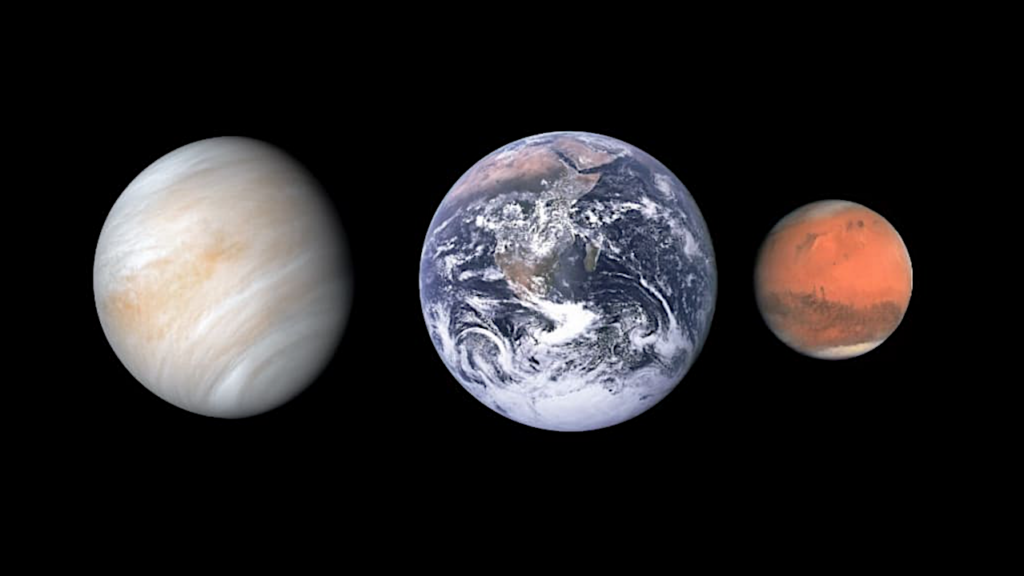Coevolution Of Primitive Methane Cycling Ecosystems And Early Earth Atmosphere And Climate

The history of the Earth has been marked by major ecological transitions, driven by metabolic innovation, that radically reshaped the composition of the oceans and atmosphere.
The nature and magnitude of the earliest transitions, hundreds of million years before photosynthesis evolved, remain poorly understood. Using a novel ecosystem-planetary model, we find that pre-photosynthetic methane-cycling microbial ecosystems are much less productive than previously thought. In spite of their low productivity, the evolution of methanogenic metabolisms strongly modifies the atmospheric composition, leading to a warmer but less resilient climate.
As the abiotic carbon cycle responds, further metabolic evolution (anaerobic methanotrophy) may feed back to the atmosphere and destabilize the climate, triggering a transient global glaciation. Although early metabolic evolution may cause strong climatic instability, a low CO:CH4 atmospheric ratio emerges as a robust signature of simple methane-cycling ecosystems on a globally reduced planet such as the late Hadean/early Archean Earth.
Boris Sauterey, Benjamin Charnay, Antonin Affholder, Stéphane Mazevet, Régis Ferrière
Comments: 32 pages, 5 figures, 1 tables, 12 Supplementary figures, published in Nature Communications
Subjects: Populations and Evolution (q-bio.PE); Earth and Planetary Astrophysics (astro-ph.EP)
Journal reference: Nat. Commun. 11, 2705 (2020)
DOI: 10.1038/s41467-020-16374-7
Cite as: arXiv:2006.06433 [q-bio.PE] (or arXiv:2006.06433v1 [q-bio.PE] for this version)
Submission history
From: Boris Sauterey
[v1] Tue, 9 Jun 2020 14:02:55 UTC (9,447 KB)
https://arxiv.org/abs/2006.06433
Astrobiology








